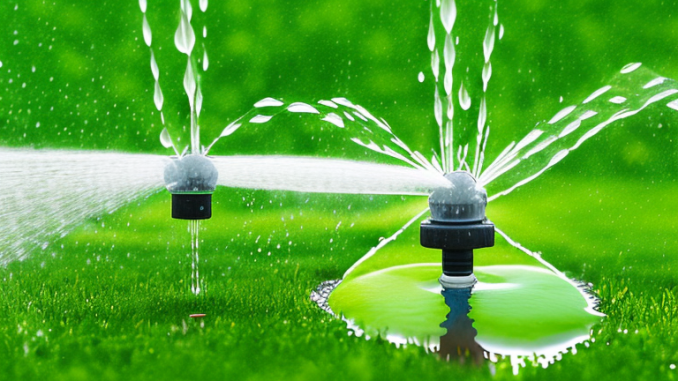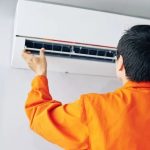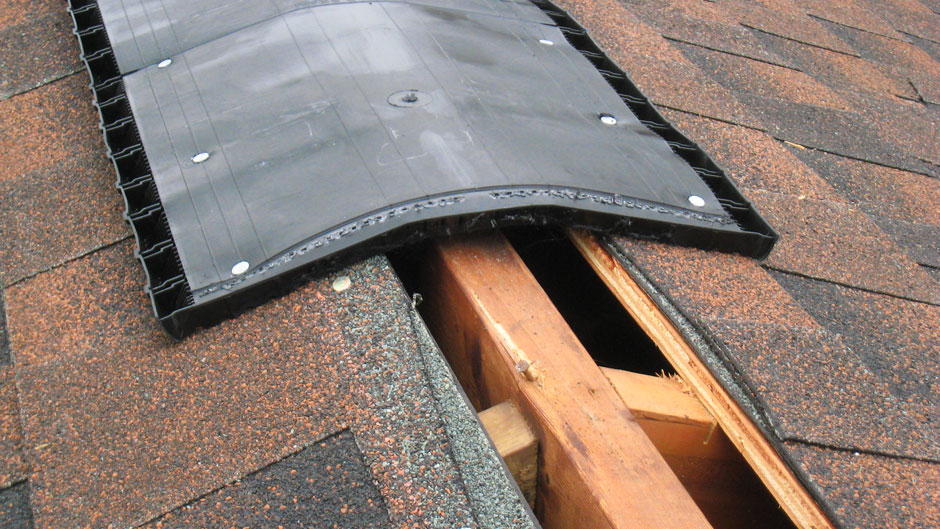
A sprinkler system is a valuable tool for keeping your lawn and garden healthy, especially during hot and dry seasons. However, like any home irrigation system, it can sometimes malfunction. One of the most common and frustrating issues homeowners face is what to do when your psrinkler system won’t turn off. A constantly running sprinkler can lead to water waste, high utility bills, and even damage to your landscape.
If you’re experiencing this problem, don’t panic. This article will walk you through the possible causes and step-by-step solutions for shutting down your sprinkler system and preventing future issues.
Step 1: Don’t Panic – Start with the Basics
When your sprinkler system won’t turn off, the first thing to do is stay calm and check the most obvious causes. Sometimes the problem is simpler than you might think.
Check the Timer or Controller
The first place to start is your sprinkler system’s control panel or timer. Sometimes, the controller might be stuck in a manual watering mode or have a programming error.
- Look at the display to see if the system is running a scheduled or manual cycle.
- Try turning the dial to “off” or resetting the system.
- Unplug the controller from the power source for a few minutes and plug it back in to reset.
If the system turns off after this, it was likely a programming glitch or accidental manual activation.
Step 2: Manually Shut Off the Water Supply
If resetting the controller doesn’t help, the next step is to shut off the water supply to the sprinkler system manually. This is a temporary fix that will stop the water flow while you diagnose the root problem.
Look for the sprinkler system’s main shut-off valve, which is usually located near the water meter, at the point where the irrigation line branches off from the main water supply.
- Turn the valve clockwise to stop the water flow.
- If you don’t have a dedicated shut-off valve for your sprinklers, you may need to shut off your home’s main water supply temporarily.
Stopping the water will give you time to investigate without continuing to flood your lawn.
Step 3: Inspect the Valves
One of the most common reasons your sprinkler system won’t turn off is a stuck or faulty valve. Sprinkler systems use zone valves to control which areas get watered and when.
Here’s how to check for stuck valves:
- Locate your irrigation valve box, usually found underground with a plastic lid.
- Open the box and inspect the valves for visible signs of damage or wear.
- Gently turn the solenoid (the cylindrical piece on top of the valve) clockwise to close the valve manually.
- If water continues to run, try tapping lightly on the valve to dislodge any debris that may be causing it to stay open.
If a valve is physically stuck open or broken, it may need to be cleaned or replaced.
Step 4: Check for Electrical Issues
Your sprinkler system relies on electrical signals to tell the valves when to open and close. If there’s an issue with the wiring or the controller, the system may keep running even when it shouldn’t.
- Look for exposed, corroded, or frayed wires near the control box or valves.
- Use a multimeter to check if the valve is still receiving a signal even when the system should be off.
- If you’re not comfortable handling electrical components, it’s best to contact a professional irrigation technician.
Fixing electrical issues typically requires replacing wires, connectors, or even the controller.
Step 5: Call a Professional if Needed
If you’ve tried the steps above and your sprinkler system still won’t turn off, it’s time to call a professional irrigation specialist. Prolonged sprinkler operation can lead to water damage, oversaturated soil, and even foundation problems if left unresolved.
A licensed technician can:
- Perform a full diagnostic of your system
- Replace faulty valves or solenoids
- Reprogram or replace a malfunctioning controller
- Repair broken pipes or underground leaks
Preventing Future Sprinkler Problems
Once you’ve resolved the issue, it’s important to take preventative measures to avoid a repeat of the same problem. Here’s what you can do:
1. Regular System Inspections
Check your sprinkler system at least once per season. Look for:
- Broken sprinkler heads
- Leaks or puddles around valve boxes
- Controller malfunctions
- Valves that won’t open or close properly
2. Schedule Maintenance
Having a professional service your irrigation system once a year can help identify small problems before they become major ones. Spring is an ideal time for a tune-up before your watering schedule begins in earnest.
3. Keep the Valve Box Clean
Dirt, roots, and insects can easily clog or block your valve box. Keep it clear and accessible for quick inspections and maintenance.
4. Install a Rain or Moisture Sensor
A rain sensor prevents your system from running during or immediately after a storm, reducing wear on your valves and saving water.
Final Thoughts
If you’re dealing with a situation where your sprinkler system won’t turn off, don’t ignore it. Constant watering can lead to expensive utility bills and damage to your property. By following the steps above—checking the controller, manually shutting off the water, inspecting valves, and seeking professional help if necessary—you can quickly identify the problem and take action.
Regular maintenance and a little know-how go a long way in ensuring your sprinkler system runs efficiently and reliably. So the next time your lawn starts to look like a swamp, you’ll know exactly what to do when your sprinkler system won’t turn off.





